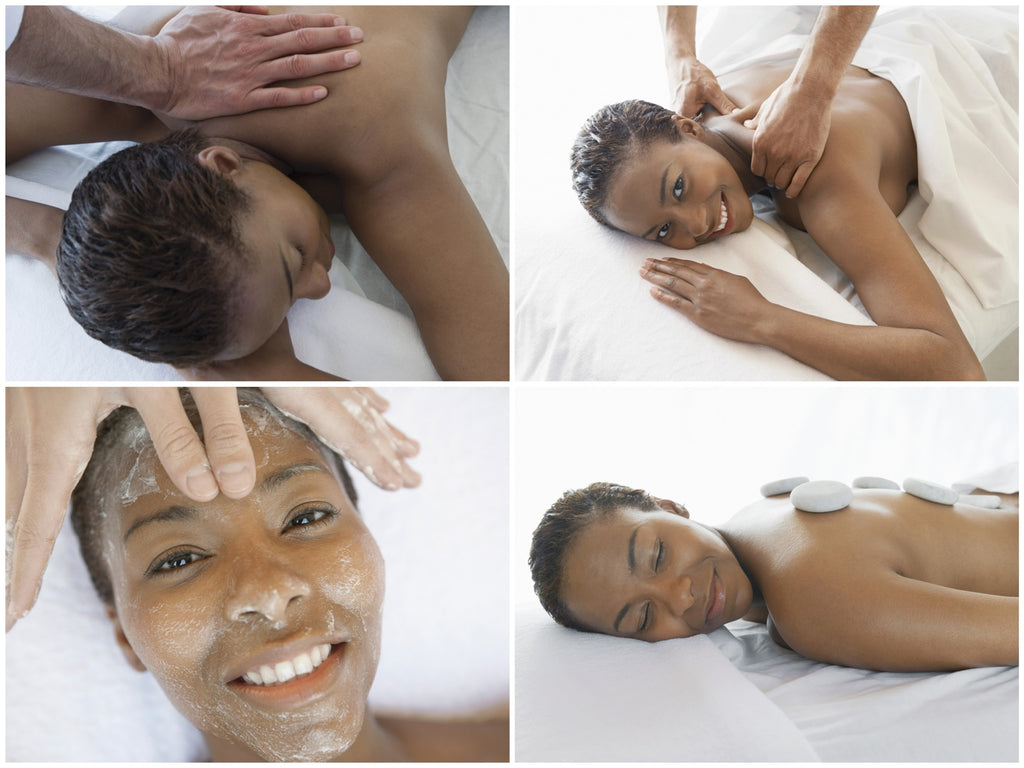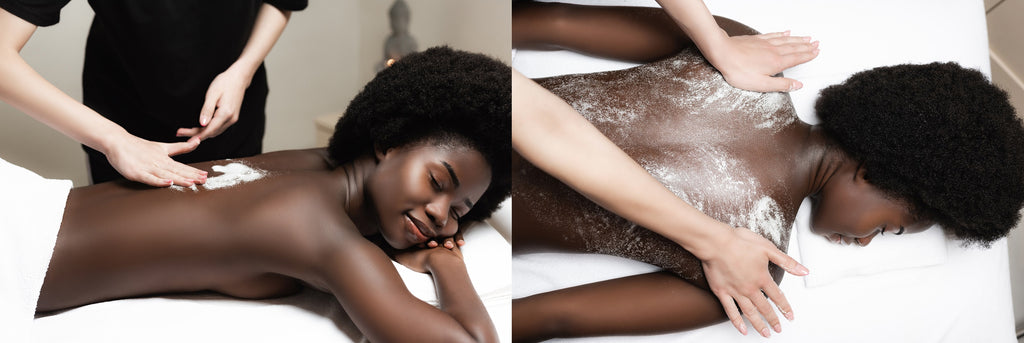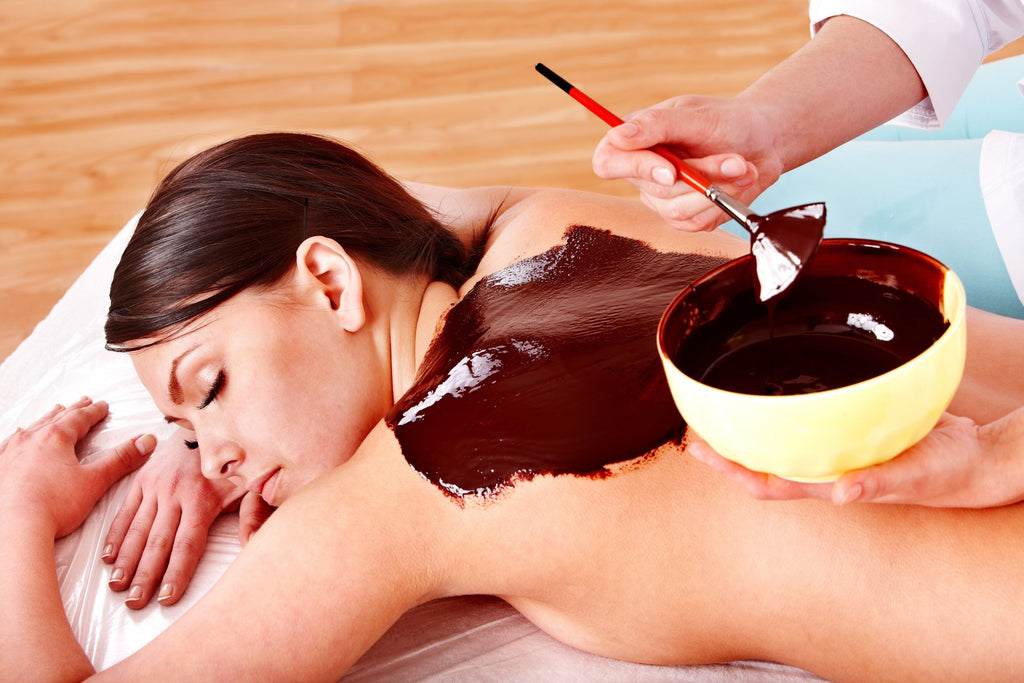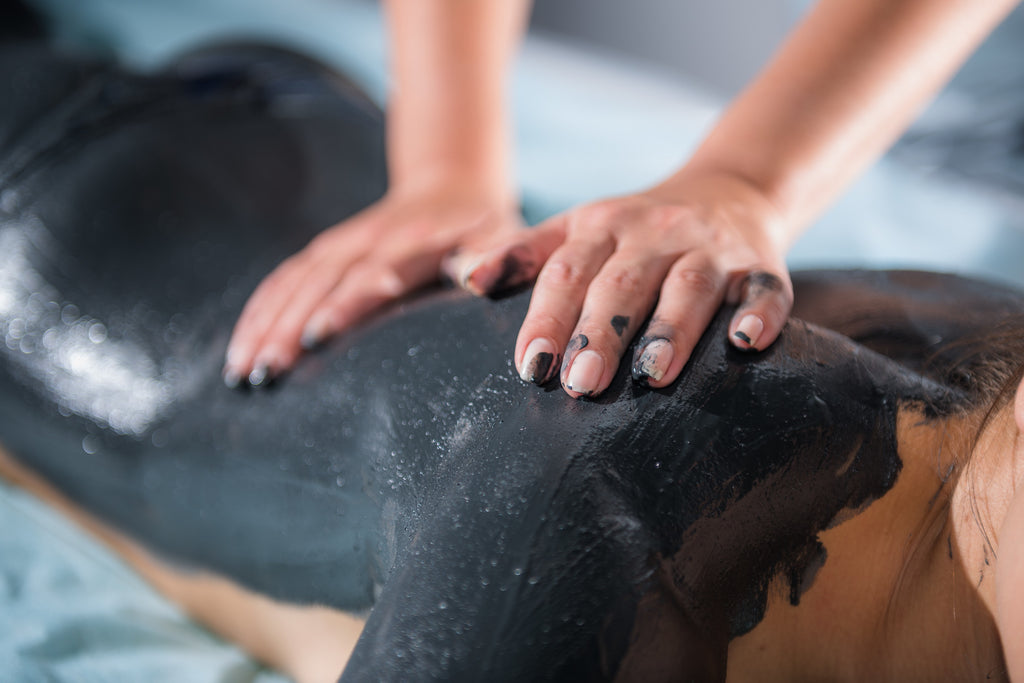Different licenses have different scopes of practice, usually depending on the state you are licensed and practicing in. Always check with your licensed scope of practice prior to administering a new service to a client.
There are may different products and ingredients that could be added to regular massage or bodywork service to give it a special touch.
To create an earth angel experience, think about using some of these specialized products:
- Clary sage essential oil has an earthy aroma to it. It also provides euphoric, warming, balancing and relaxing therapeutic effects.
- Jasmine essential oil has a floral aroma which is also euphoric, warming and uplifting.
- Dead sea salts have lots of different minerals that can boost hydration and reduce inflammation. You can use dead sea salts to create a full body scrub, or simply just a back, hand or foot scrub.
- Similar to dead sea salts, dead sea mud also has a lot of different minerals with therapeutic effects, plus can be detoxifying when applied as a spa body wrap.
- Using hot stones is a wonderful way to add mother earth to the appointment, plus the warmth is extremely comforting to most when properly applied and used. NEVER apply hot stones directly to the skin without 2 barriers as depicted in the picture above.
Adding specialized ingredients to regular appointment services can change the context and frame of mind for the appointment, to celebrate a special occasion or simply experience something different to break up a monotonous routine.
Be sure to train in aromatherapy plus body scrub, wrap, hot stone and massage applications and contraindications prior to administering any type of service to a client.
For full directions on how to create this treatment, or to learn more, please register for quality, affordable, professional training at: https://ceinstitute.com/










